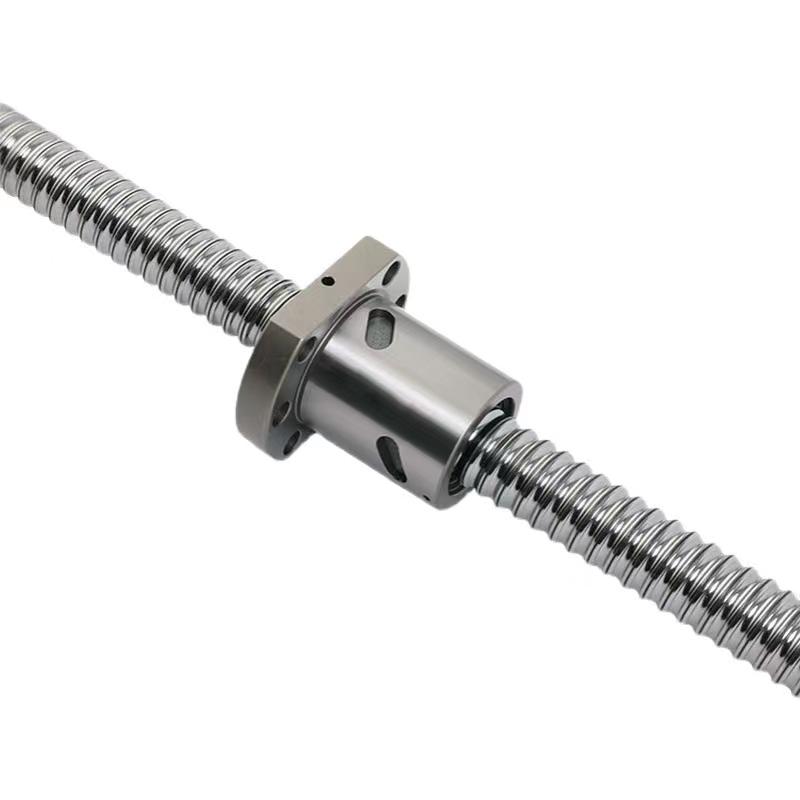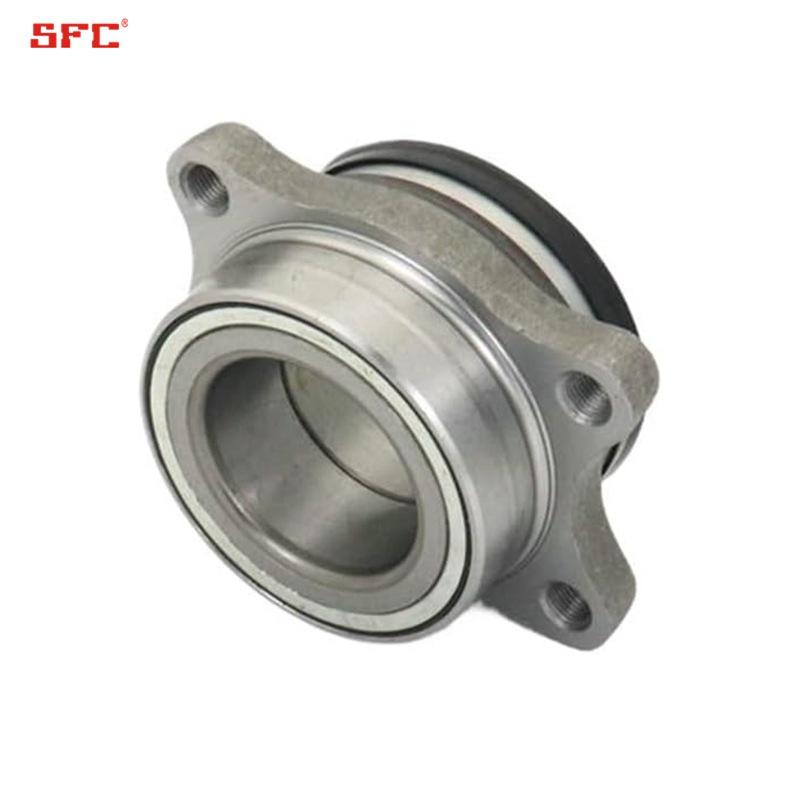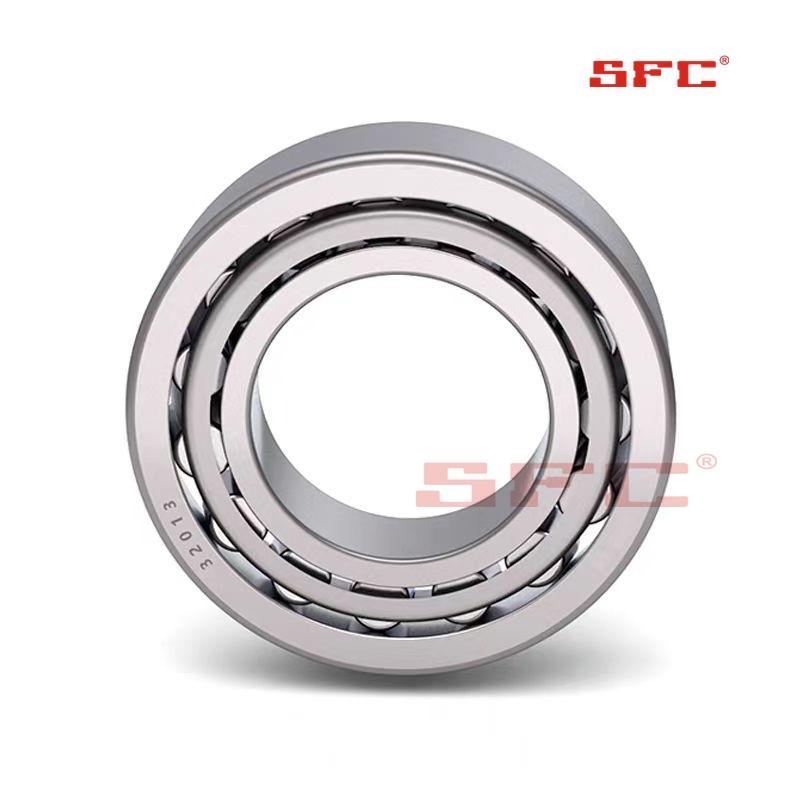Analysis of the main causes of metal corrosion
Metal corrosion is a common and complex material degradation phenomenon, which is closely related to the characteristics of the metal itself, as well as the external environment and processing process. Below is a systematic analysis of the causes of metal corrosion from three aspects.
1、 Internal factors of metal corrosion
From a thermodynamic perspective, metals themselves are in a higher energy state compared to their corrosion products, which is an unstable state and therefore has a tendency to naturally transform into low-energy corrosion products (such as oxides, hydroxides, etc.). Therefore, metal corrosion is a spontaneous and irreversible natural phenomenon. In industrial applications, most metals are made of multi-component alloys. Due to its complex metallographic structure and the presence of physical, chemical, and electrochemical inhomogeneity between different components, as well as possible impurities, uneven stress, and mechanical deformation in the material, these internal structural defects are prone to form micro cells when in contact with external media such as moisture and salt spray, which can induce chemical or electrochemical corrosion.
2、 External factors of metal corrosion
Relative humidity
The higher the air humidity, the easier it is for a water film to form on the metal surface, providing a medium for oxygen permeation and electrochemical reactions. When the relative humidity exceeds a certain critical value (such as about 70% for steel), the corrosion rate will sharply increase.
Temperature
In a dry environment, even if the temperature is high, rust is less likely to occur. But when the humidity exceeds the critical value, the accelerating effect of temperature on corrosion is very significant. In general, for every 10 ℃ increase in temperature, the corrosion rate of metal will increase by about twice, which is why equipment in tropical humid areas or rainy seasons is more prone to rusting.
oxygen
Oxygen is an essential participant in the process of metal corrosion. The typical reaction process includes:
Fe + H? O → Fe(OH)?
Fe(OH)? + H?O + O? → Fe(OH)?
Fe + H? O + O? → Fe(OH)?
It can be seen that without the combined action of water and oxygen, rust will not form. The volume fraction of oxygen in the air is about 20%, and its permeability is extremely strong.
Other atmospheric pollutants
If the air contains pollutants such as salt spray, sulfur dioxide, hydrogen sulfide, dust, etc., it will significantly accelerate the corrosion rate. Therefore, there are significant differences in the corrosive environment among different regions - for example, the corrosiveness of urban areas is generally higher than that of rural areas, industrial areas are higher than residential areas, coastal areas are higher than inland areas, and areas with high dust concentration are higher than clean environments.
3、 Corrosion triggers during processing
During the production and use of metals, some process operations may also become sources of corrosion.
For example:
1. The surface of the raw material has rust that has not been thoroughly cleaned;
2. Residual cutting fluid and lubricating oil during mechanical processing;
3. Insufficient neutralization or rinsing after acid washing treatment;
4. Oxidation or carbon layer detachment occurs during the heat treatment process;
5. Incomplete removal of residual salt after cleaning;
6. During assembly or handling, operators may accumulate sweat on the metal surface;
7. Improper stress or hydrogen embrittlement annealing process;
8. Failure to timely prevent rust between processes, or inadequate sealing measures.
The above factors may all become the "trigger points" for corrosion, causing the metal to corrode before it is put into use.
conclusion
Metal corrosion is the result of multiple internal and external factors working together. In order to effectively extend the service life of metal components, it is necessary to carry out full process management in material selection, process control, protective measures, and usage environment. Only by preventing from the source can we truly achieve scientific rust prevention, cost reduction, and efficiency improvement.
- Previous : The steel industry is steadily operating, and the demand for industrial steel continues to increase
- Next : SFC Bearing Factory's dual line layout has achieved significant results: the coordinated development of bearings and linear transmission business, customized solutions have won the favor of the global market




